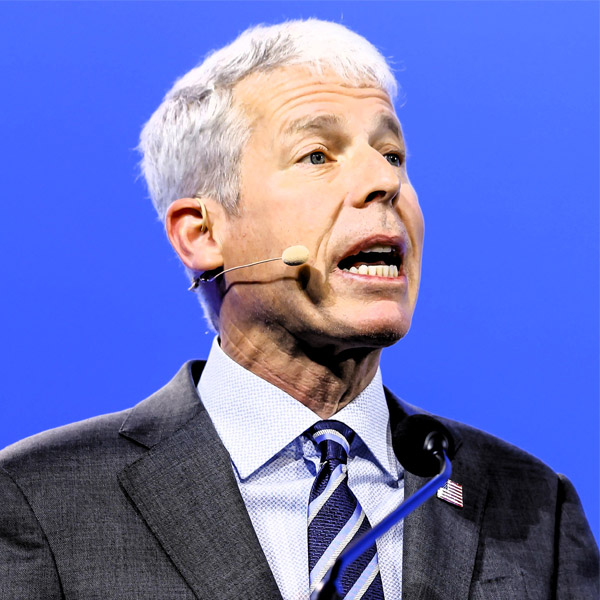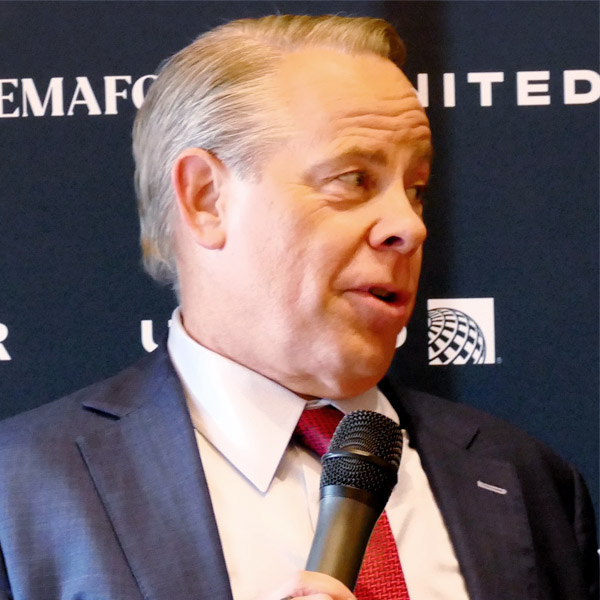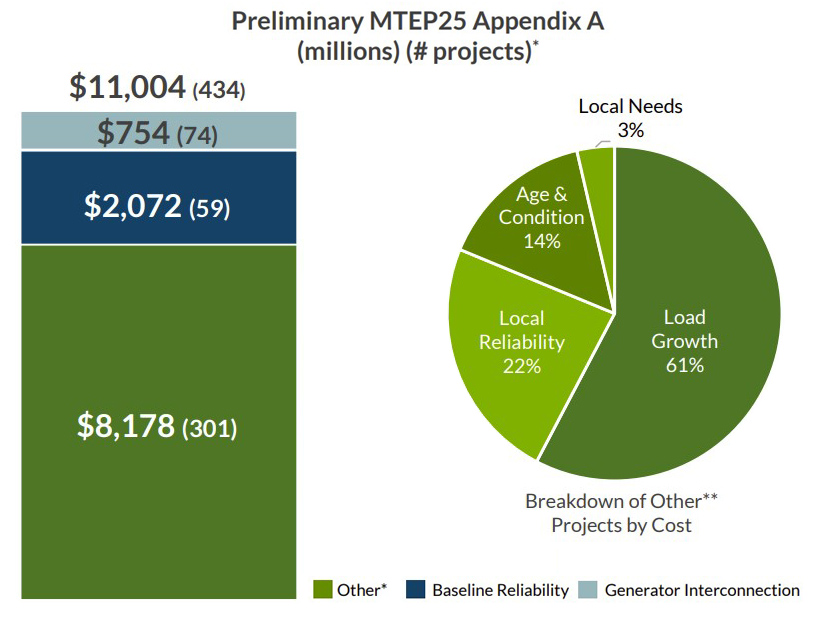New Jersey is forging ahead with programs that promote electric vehicle adoption, announcing incentive opportunities totaling $185 million already this year, as officials await the impact of President Donald Trump’s frequently expressed opposition to EVs.
The New Jersey Economic Development Authority on Feb. 24 approved a new phase of the New Jersey Zero Emission Incentive program (NJ ZIP), with $75 million available for incentive grants, and launched a new program, called New Jersey Zero Emission Vehicle Financing program (NJ ZEV), with $25 million allocated. The program will provide loans of $50,000 to $500,000 for commercial or industrial enterprises purchasing one or more EVs.
Both are supported by funding from the Regional Greenhouse Gas Initiative, as is the allocation announced in January by the New Jersey Department of Environmental Protection of $35 million to fund local government projects that replace medium- and heavy-duty (MHD) diesel trucks with electric models.
In his budget released Feb. 25, Gov. Phil Murphy (D) also allocated $50 million to the sixth year of the state’s Charge Up New Jersey program, funding it at the same level as in 2024. The program awards incentives of up to $4,000 for the purchase of lower-priced EVs.
Even in a good environment, it is not clear whether the funding would be enough to ensure the uptake of EVs continues at pace in the state. And Trump’s frequent criticism of EVs on the campaign trail suggests he could take significant measures to slow the adoption of EV purchases — most notably the elimination of the $7,500 tax credit for an EV purchase.
Murphy cited the expenditure of $135 million on NJ ZIP, NJ ZEV and the MHD program in a speech announcing the budget Feb. 25, saying that “with each and every investment, like these, into New Jersey’s clean energy future, we are not only meeting our responsibility to combat climate change” but also creating jobs and boosting the economy.
Stakeholders close to the EV sector are skeptical the state’s efforts so far will be enough.
Laura Perrotta, president of the New Jersey Coalition of Automotive Retailers (NJ CAR), said she believes the Murphy administration’s recent announcements are a “direct response to the uncertainty around EV policy on the federal level.”
She noted that New Jersey EV sales already are affected by new laws and regulations enacted in 2024 that pushed up the cost of buying an EV. “Add in the uncertainty around the federal EV tax credit and tariffs on China, Canada and Mexico, which could add as much as $12,000 to an EV, and it seems both federal and state-level economic policies are making it harder for customers to purchase an EV,” she said.
Added Purchase Expense
New Jersey’s commitment to EV adoption was highlighted March 10 by a NESCAUM announcement reporting that the state and nine others had fulfilled their 2018 pledge to put 3.3 million EVs on their roads by 2025.
The report said that when the 10 governors made their commitment, there were only 16 EV models on the market, compared to 150 today.
“State leadership in electric vehicles has produced incredible results in the past decade, exceeding many expectations,” Elaine O’Grady, clean transportation director for NESCAUM, said in a release. The far larger variety of EVs available is because of states’ commitment and “their market-enabling programs that helped to build the EV market that exists in the U.S. today.”
With a goal of registering 330,000 EVs by 2025, New Jersey has more than 215,000 EVs on the road, according to recent state budget documents. The state gained momentum in 2023, adding about 62,500 vehicles for a 68% jump over the year before.
Pam Frank, CEO of ChargEVC-NJ, which promotes the sustainable growth of the EV market, said figures released this month for 2024 are expected to show that the state added fewer EVs than in 2023. She expects the numbers to be impacted by three “unforced errors” the state imposed on the sector in 2024: the elimination of a rule that allowed EV buyers to avoid sales tax on the purchase; a four-year, $250/year fee to pay for road repairs and upgrades (a fundraising measure that for non-EVs is done by a gas tax); and the introduction in July of a new rule in the Charge Up program, which historically has been a key driver of EV adoption in the state.
The program previously offered a maximum purchase incentive of $4,000, providing it was priced less than $45,000 — an effort to focus the incentive on lower-income buyers. In July, the state started offering the $4,000 incentive only to low- and –moderate-income buyers, and a $2,000 incentive to everyone else. (See NJ EV Incentives Target Low-income Buyers.)
Frank said that although the recently announced dollar figures look large, most of the programs announced by New Jersey this year are a continuation of past programs, and they don’t make up for the obstacles enacted last year.
“It’s sort of like, the left hand giveth and the right hand taketh away,” Frank said. That makes it especially hard for New Jersey’s EV sector to advance if Trump takes measures to remove federal incentives, she said.
The state is at a delicate moment, an “inflection point,” with the era of “early adopters” coming to an end and the general market buyers getting more interested and poised to become the main purchase driving force, she said. And the state needs to give them all the encouragement it can, she said.
Federal Support Uncertain
The state also faces the potential loss of federal support for electric charger installations under the National Electric Vehicle Infrastructure (NEVI) program, which was enacted in November 2021, Frank said.
The U.S. Department of Transportation on Feb. 6 sent a memo to state DOTs saying it was reviewing the program and “suspending the approval” of all planned charger installations.
The state applied for funds late, Franks said. It was awarded $104 million to identify alternative fuel corridors, the major state and interstate highways where EV charging stations would be located every 50 miles. However, none of the charging installations have been built, she said. And the state did not move on the project’s main contract until December, when it awarded $20.96 million to Joseph M. Sanzari Inc. to build charging stations at 19 locations along state highways.
Steve Schapiro, a spokesperson for the New Jersey Department of Transportation, said it is “reviewing whether there is any impact to the funding to” the department.
At the DEP, spokesperson Larry Hajna said there is no impact from the memo on another project to install chargers on New Jersey highways and those of three other states, because it is not funded under the NEVI program. That project, the Clean Corridor Coalition, involves installing 450 charging ports at 24 sites along the I-95 corridor in New Jersey, Connecticut, Delaware and Maryland. (See NJ to Install 167 Heavy Truck Chargers with $250M Federal Grant.)
Echoing Frank’s concern about changes to state incentive programs, NJ CAR’s Perrotta said Gov. Murphy should abandon the Advanced Clean Cars II rules, which require an increasing number of new car purchases to be EVs and all new light-duty vehicles sold in the state to be zero emission by 2035. (See New Jersey to Adopt Advanced Clean Cars II Rule.)
She said the state would struggle to meet its requirements, such as one that 43% of new cars be EVs in 2026, given that only 11 to 12% of sales were EVs in 2024.
Spurring EV Purchases
State officials believe incentive programs can help get there. The Charge Up program had by the end of January approved 49,700 incentives in New Jersey — supporting slightly less than one in four EVs registered in the state — at a total cost of $147.8 million. The program awarded 11,300 incentives in 2024, according to the Board of Public Utilities.
NJ ZIP, which was launched in 2021, provides vouchers to support the purchase of trucks, starting at $15,000 for Class 2b vehicles and rising to $175,000 for Class 8 vehicles. It offers bonuses for low- and moderate-income buyers, applicants scrapping old diesel vehicles and school districts purchasing zero-emission buses.
The program has committed $54.4 million in awards to 155 applications and already has supported the purchase of 134 vehicles in the state, and an additional 288 vehicle purchases are in process, according to the Economic Development Authority (EDA).
The new NJ ZEV program is designed to complement NJ ZIP and other state incentive programs by “offering financing for vehicle costs that may not be met by NJ ZIP vouchers or other grant funding available via other sources,” EDA CEO Tim Sullivan told the agency’s board in a Feb. 24 memo.
The program will make loans of between $50,000 and $500,000 toward the purchase of a medium- and heavy-duty vehicle that help cover the funding gap for an EV. The funds can be spent on the purchase — but not on taxes, registration fees, operating expenses and charging or fueling equipment — for EVs or hydrogen fuel cell EVs.
Announcing the new funding for the two programs, Murphy said they would “drive us forward in our mission of decarbonizing transportation, reducing consumer costs and responding to market preferences.”


